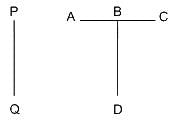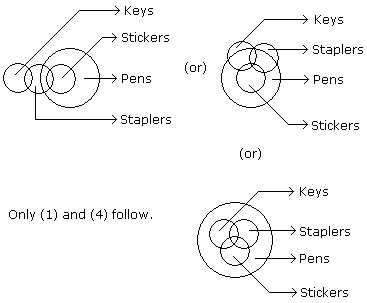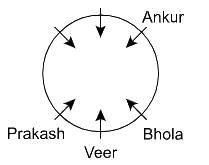Uttarakhand D.El.Ed Mock Test - 1 - UTET MCQ
30 Questions MCQ Test - Uttarakhand D.El.Ed Mock Test - 1
Which industry experienced a major transformation during the Industrial Revolution?
The Luddite movement during the Industrial Revolution was primarily a response to:
What causes the Earth to experience different seasons?
In which sport is the term "campus" commonly used?
Directions: In the following questions, choose the grammatically correct sentence from among the four options given for each question.
A.This book left by who knows whom? has been lying here for days.
B.This book—left by who knows whom—has been lying here for days.
C.This book left by—who knows who?—has been lying here for days.
D.This book left by—who knows who—has been lying here for days.
Consider the following statements about the "Dhanyavaad Prakriti" initiative in Uttarakhand:
1. The "Dhanyavaad Prakriti" initiative was launched in Jhala village in Uttarakhand to promote cleanliness.
2. As part of this initiative, villagers spend two hours every week cleaning their surroundings.
3. The Prime Minister praised this initiative as an example for other villages to follow.
Which of these statements is/are correct?
What new requirement has the Uttarakhand government implemented regarding filing complaints?
What was the primary cause of the recent emergency situation in Kedarnath?
Which document must vehicle owners present to receive a trip card in Uttarakhand?
Direction: Study the following information and answer the given questions carefully.
Ishu was standing in a park. She walked 6m towards the east and turned right and walked 3m. Then she turned left and walked 6m to reach the mall. Now, she turned right and walked 4m and again turned right and walked 3m to reach the gym. After some time, she turned left and walked 3m and turned right and walked 9m to reach his school.
Q. How far and in which direction is the school with respect to the park?
Direction: Study the following information and answer the given questions carefully.
Q is to the south of P. A is to the west of B, which is to the west of C. D is to the south of B. P is to the west of A.
Q is to the _____ of D.
Direction: Study the following information and answer the given questions carefully.
There are eight persons – S to Z, appearing for the state-level exam. Each one has chosen a different optional subject from among, Hindi, Science, Geography, Social Science, Computer, Civics, Botany and Chemistry but not necessarily in the same order.
T has chosen either Science or Botany. V has chosen either Hindi or Science. Y has not chosen Civics, Science and Geography. X has chosen Computer and Z has chosen Chemistry. U has chosen Social Science and W has chosen either Civics or Hindi. V has chosen neither Civics nor Science.
Q. Who has chosen Civics?
Directions to Solve
In each of the following questions there are three statements. Which are followed by three or four conclusions. Choose the conclusions which logically follow from the given statements.
Question -
Statements:
- Some keys are staplers.
- Some staplers are stickers.
- All the stickers are pens.
Conclusions:
- Some pens are staplers.
- Some stickers are keys.
- No sticker is key.
- Some staplers are keys.
Six persons – Veer, Prakash, Bhola, Shiv, Ankur and Bhanu were sitting around a circular table facing towards the centre. Who was sitting to the immediate right of Bhanu?
Statement I: Ankur was sitting second to the right of Veer, who was sitting to the immediate left of Bhola. Prakash was sitting second to the left of Bhola.
Statement II: Shiv was sitting to the immediate right of Ankur, who was sitting second to the right of Veer. Prakash was sitting second to the left of Bhola, who is to the immediate left of Ankur.
D is the brother of B. M is the brother of B. K is the father of M. T is the wife of K. How is B related to T?
Direction: Study the following information carefully and answer the questions given below.
There are ten persons in a family having three generations. X is married to P, who is the grandmother of Y, who is the son of V. V is the sister-in-law of T, who is married to S, who is the only child of Q. R is married to Q and is the grandfather of W, who is the daughter of T. T is the only sister of U. P has more than one child.
Q. How T is related to X?
A sum of Rs. 735 was divided among A, B and C. If each of them had received Rs. 25 less, then their shares would have been in the ratio 1 : 3 : 2. What is the money received by C?
Dev and Om are among 22 students who write an examination. Dev scores 82.5. The average score of the 21 students other than Om is 62. The average score of all the 22 students is one more than the average score of the 21 students other than Dev. The score of Om is.
Two circles of an equal radii are drawn, without any overlap, in a semicircle of radius 2 cm. If these are the largest possible circles that the semicircle can accommodate, what is the radius (in cm) of each of the circles?
Tom and Dick are running in the same race; the probability of their winning are 1/5 and 1/2 respectively . Find the probability that (i) either of them will win the race.
When previous learning makes no difference at all to the learning in the new situation, it is called

























